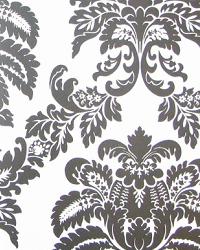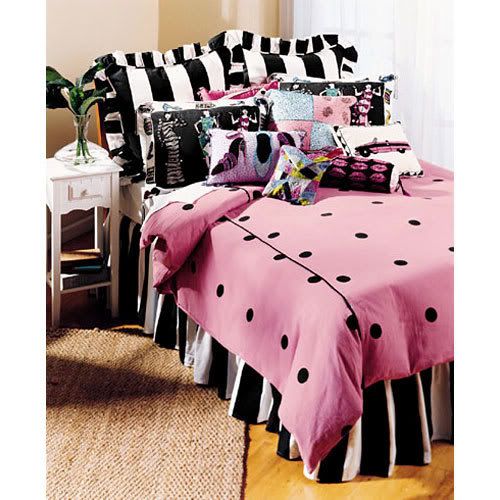Source(google.com.pk)
Black And pink Damask Wallpaper Biography
 Black And pink Damask Wallpaper
Black And pink Damask Wallpaper
 Black And pink Damask Wallpaper
Black And pink Damask Wallpaper
 Black And pink Damask Wallpaper
Black And pink Damask Wallpaper
 Black And pink Damask Wallpaper
Black And pink Damask Wallpaper
 Black And pink Damask Wallpaper
Black And pink Damask Wallpaper
 Black And pink Damask Wallpaper
Black And pink Damask Wallpaper
 Black And pink Damask Wallpaper
Black And pink Damask Wallpaper
 Black And pink Damask Wallpaper
Black And pink Damask Wallpaper
 Black And pink Damask Wallpaper
Black And pink Damask Wallpaper
 Black And pink Damask Wallpaper
Black And pink Damask Wallpaper
Black And pink Damask Wallpaper Biography
With the right wallpaper a nursery can have that complete, polished look that screams “professionally decorated.” Adding wallpaper to any room can feel like a big commitment but done tastefully, it can bring in drama and sophistication. I found some examples of that highly stylized look that works in today’s nursery.
Using a bright and bold damask is perfect for a feminine room with soft colored cream or white furnishings.
Using a grass cloth paper, as seen in this nursery , adds a natural element that can certainly grow with the child.
For a modern (and non toxic) look, I adore Mod Green Pod’s wallpaper collection. Their bold prints are whimsical without being too “cutsie.”
Want a fun vintage look in the nursery or playroom? I love this fun vintage 70′s paper. The bright colors and patterns are so alive and interesting that the rest of the decor doesn’t need to be so special.
And for a classic sweet nursery or child’s room (I love this for a girl’s room) try using a toile print like the one seen here. These are traditional, elegant and never go out of styleA butterfly has four wings, two forewings and two hindwings. They are attached to the second and third thoracic segments (the meso- and meta-thorax). Strong muscles in the thorax move the wings up and down in a figure-eight pattern during flight.
When the fully-grown adult butterfly emerges from its pupa, its delicate wings are crinkled, wet, and uninflated. The butterfly hangs upside-down and pumps blood into the wings to inflate them. It must then wait for the wings to dry before it can fly. When the fragile wings fray or are torn, they do not repair themselves.
Wing Structure and Scales: Butterfly wings are made of two chitonous layers (membranes) that are nourished and supported by tubular veins. The veins also function in oxygen exchange ("breathing"). Covering the wings are thousands of colorful scales, together with many hairs (setae). The name Lepidoptera (which includes butterflies and moths) means "scale wing" in Greek. These wing scales are tiny overlapping pieces of chitin on a butterfly or moth wing. The scales are outgrowths of the body wall and are modified, plate-like setae (hairs). The front and back of the wings usually have different patterns.
Black And pink Damask Wallpaper












































